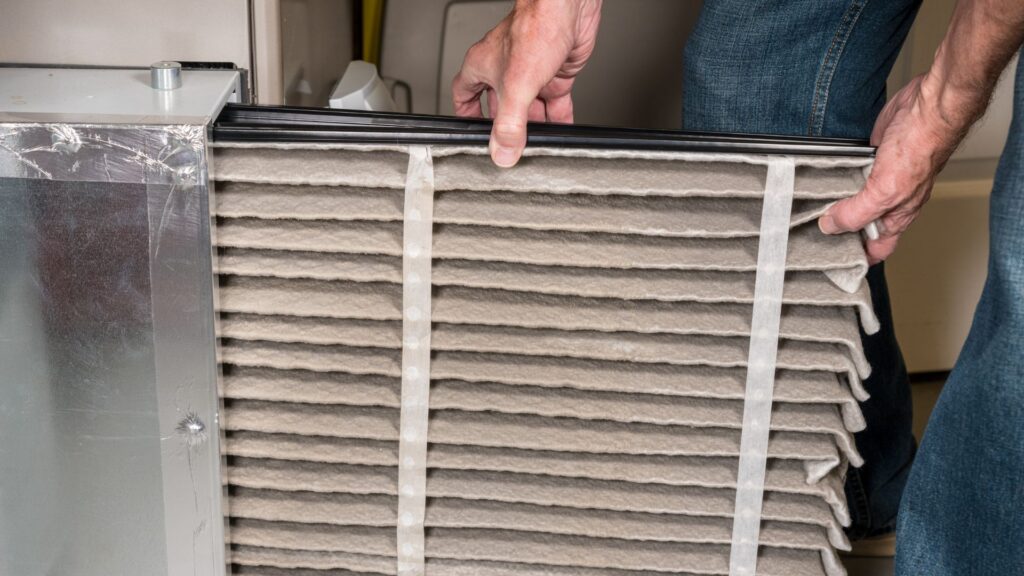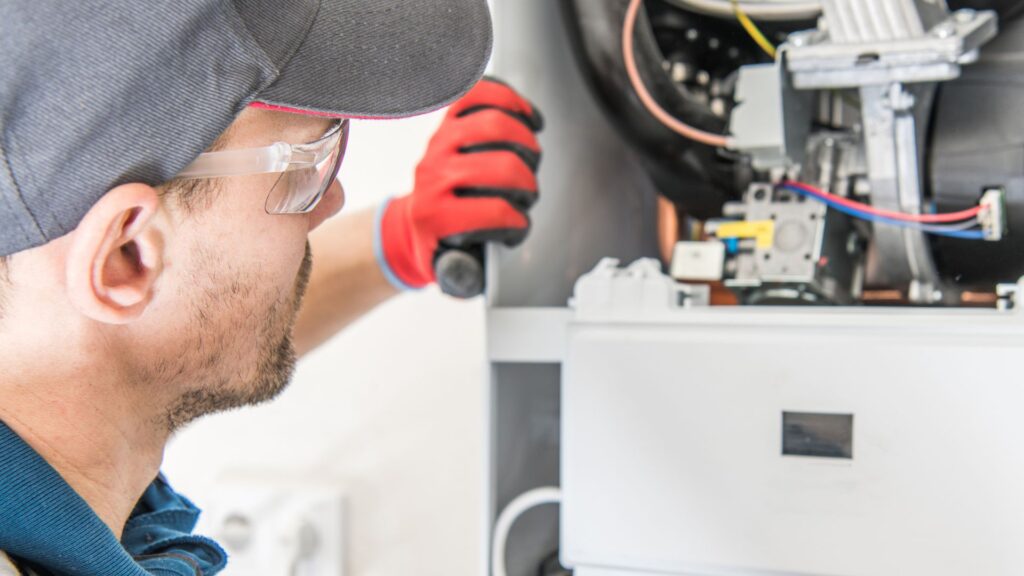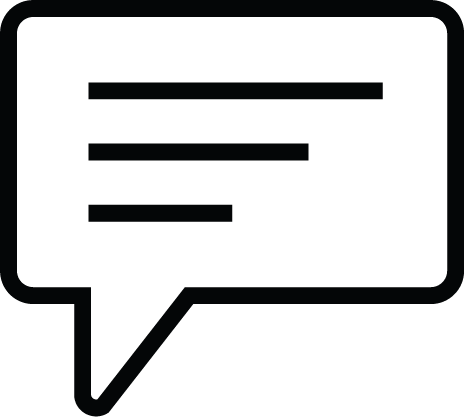Picture this: it’s the middle of January in Ann Arbor, snow is piling up outside, and suddenly your furnace quits. Not fun. That’s why furnace maintenance isn’t just a “nice to have” — it’s the difference between a cozy winter and a no-heat emergency.
At Robertson Morrison, we’ve been keeping local homes warm for decades. A quick tune-up now means fewer surprises later, plus peace of mind knowing your system is safe and running efficiently.
Why Bother With a Furnace Tune-Up?
Most of us don’t think about our furnace until something goes wrong. The problem? By then, it’s usually a breakdown. Regular maintenance helps prevent no-heat situations by catching small problems early. It also:
- Keeps energy bills in check.
- Extends the life of your system.
- Protects your family from hidden dangers like carbon monoxide.
- Gives you priority scheduling if issues pop up later in the season.
It’s a little bit of prevention that saves a whole lot of hassle.
Homeowner Winter Furnace Checklist
- Replace or clean your air filter. A clogged filter makes your furnace work harder than it should, raising energy bills and lowering air quality. A fresh one keeps things running smoothly.
- Check that vents and returns are clear. Furniture, rugs, or even holiday decorations can block airflow. Clearing them ensures your furnace can heat your home evenly.
- Test carbon monoxide and smoke alarms. Winter is peak season for CO concerns. Swapping in fresh batteries takes just a few minutes and could save lives.
- Double-check your thermostat. Old batteries or incorrect programs can make it seem like your furnace is broken when it’s really just the thermostat.
- Clear outdoor intake/exhaust pipes. Snow and ice buildup can choke your system, causing dangerous backup. Keep at least 3 feet of space around them.
- Listen for changes. Odd noises or frequent on-off cycling can be early signs of a problem worth catching before it gets worse.

What a Pro Does That You Can’t
During a professional tune-up, technicians go far beyond the basics:
- Blower motor and ignition system. These are the “muscles” of your furnace — if they’re dirty or failing, your system won’t heat properly.
- Control board and safety checks. Think of this as the furnace’s brain. A tune-up makes sure it’s firing correctly and safely.
- Heat exchanger inspection. Cracks here are rare but serious, since they can leak carbon monoxide. This is one of the most important checks we do.
- Gas connections and airflow. Even a small leak or blockage can cause efficiency losses or safety hazards. Testing these protects both your wallet and your family.
This comprehensive check ensures your furnace is running safely and efficiently when you need it most.

Signs It’s Time to Call US
If you notice any of these, don’t wait until your furnace gives out completely:
- Blowing cool air.
- Cycling on and off constantly.
- Energy bills creeping higher.
- Weird noises or burning smells.
- You’ve remodeled recently and aren’t sure about ductwork or venting.
Extra Comfort for Winter
A tune-up is the first step, but a few extras can make winter living even easier:
- Smart thermostats. These learn your routine and adjust heating automatically, helping you stay comfortable while saving energy.
- Whole-home humidifiers. Say goodbye to dry air, static shocks, and sore throats — humidity makes your home feel warmer and healthier.
- Duct sealing. If warm air is escaping through leaky ducts, your furnace has to work harder. Sealing them keeps more heat where you need it.
- Indoor air quality checks. Winter means closed windows, so pollutants can build up. Air quality testing helps make sure you’re breathing cleaner air.

Frequently Asked Questions
How often should a furnace be serviced in Ann Arbor?
Most experts recommend having your furnace serviced once a year, ideally in the fall before heavy winter use. Annual furnace maintenance helps prevent no-heat emergencies, lowers energy bills, and keeps your system running safely.
What is included in a professional furnace tune-up?
A furnace tune-up usually includes cleaning the blower motor and ignition, checking the control board, testing safety controls, inspecting the heat exchanger, and verifying gas and airflow settings. It’s a full check of both performance and safety.
How can I tell if my furnace heat exchanger is cracked?
Warning signs include soot buildup, unusual smells, or a carbon monoxide detector going off. Because cracks can be dangerous, the only way to know for sure is with a professional inspection.
Does furnace maintenance really lower heating bills?
Yes. A well-maintained furnace runs more efficiently, which means less wasted energy. Even small improvements in efficiency can add up over a long Michigan winter.
Are HVAC service plans worth it for homeowners?
Service plans are worth it if you want peace of mind. They usually include annual tune-ups, discounts on repairs, and priority scheduling during emergencies, which often pays for itself over time.
Stay Warm, Ann Arbor
Don’t wait until the first big freeze. Schedule your furnace maintenance today and lock in a priority service spot. Your future self (and your heating bill) will thank you.
